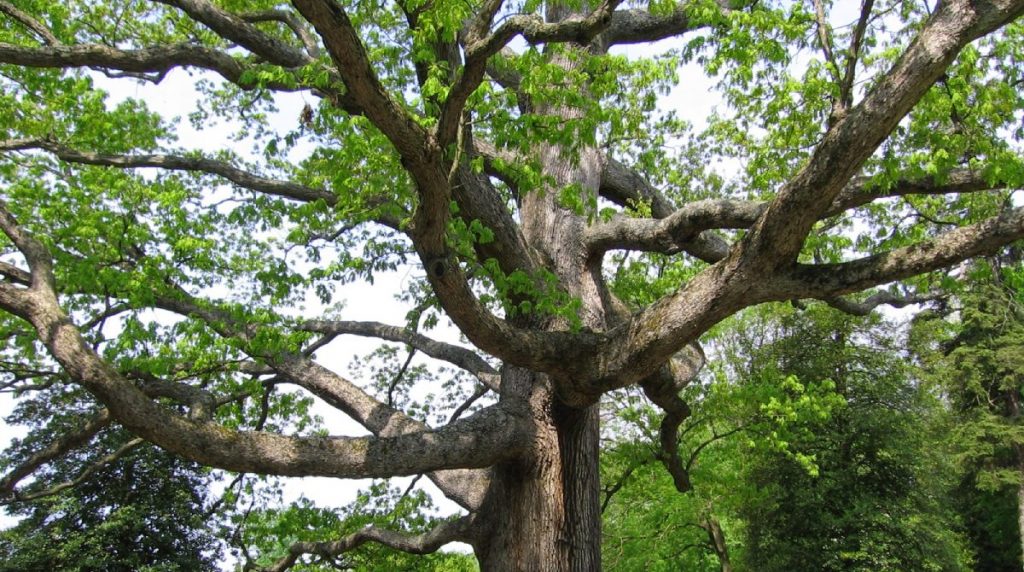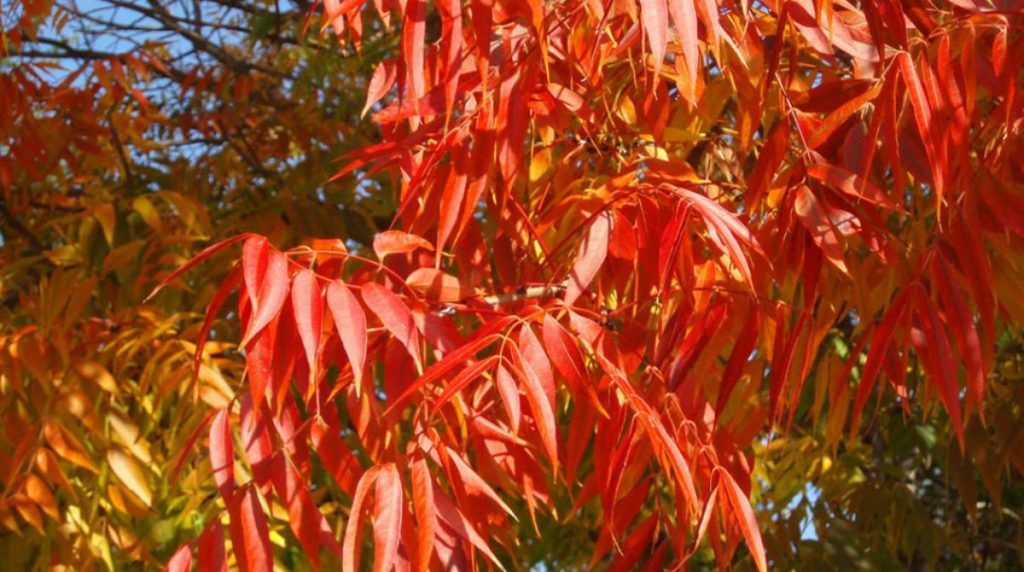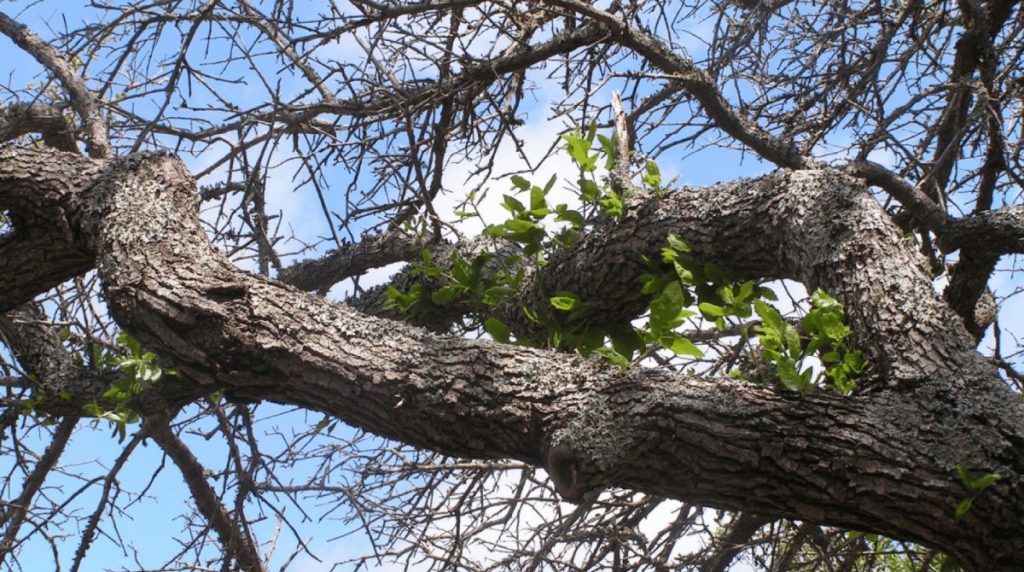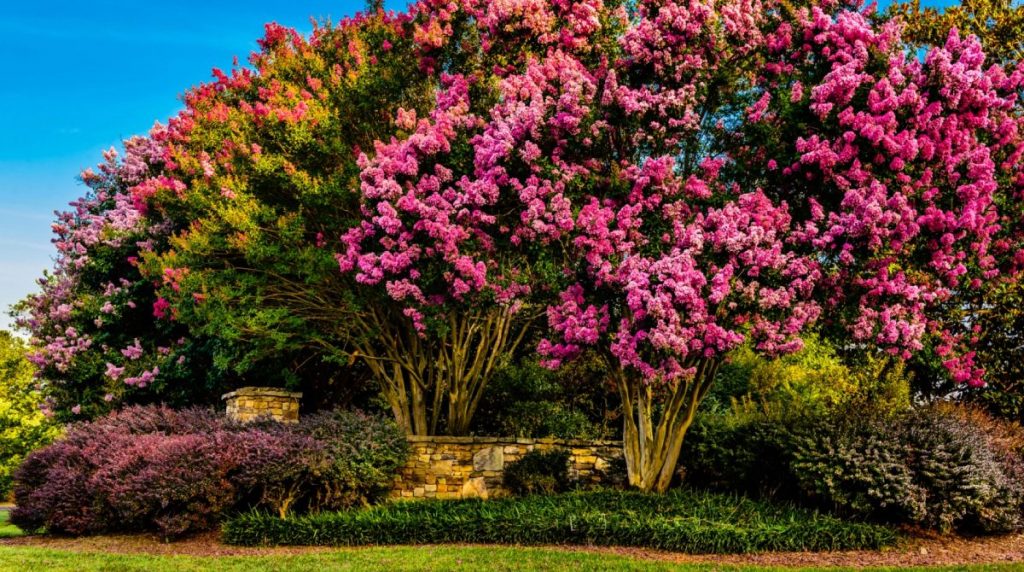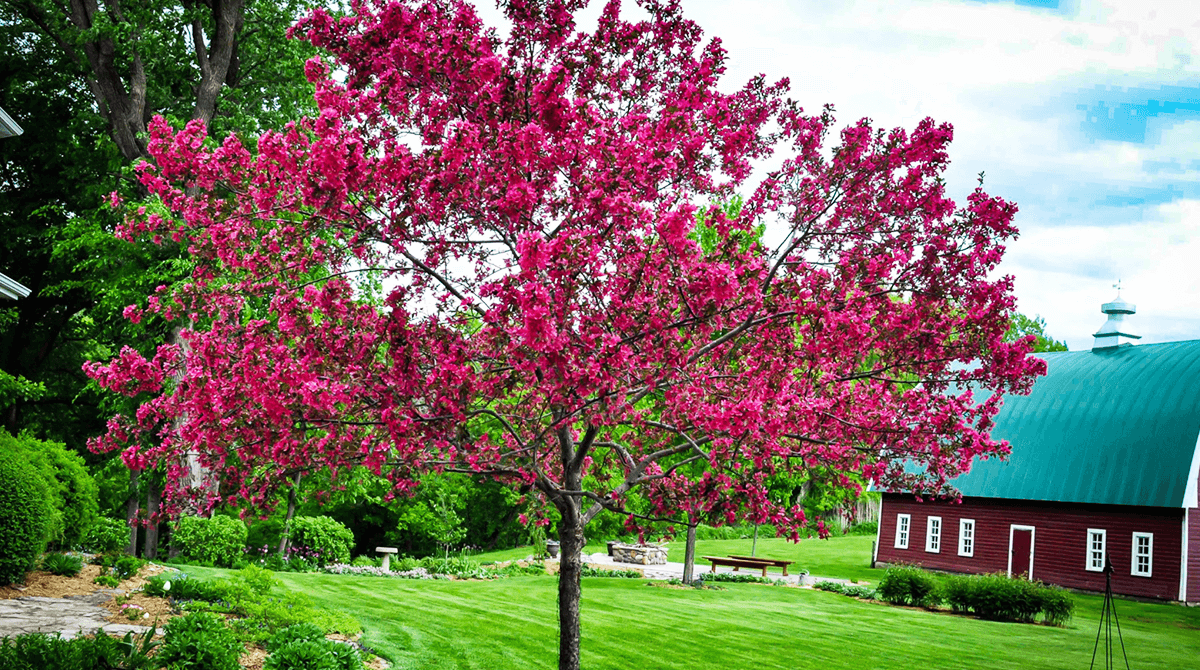
The Best And Worst Trees To Plant Near A House
Date April 22, 2021
Category
Our trees are an essential part of our landscape. They often become the centerpieces of our yards with everything else designed around them. Suppose you have plans to plant a new crown jewel for your yard this year. Keep in mind that placement matters. Depending on the tree, you might need to keep it away from your house or other structures. However, if you’d like to plant a tree near your house, there are some safe options. Below is a list of the best and worst trees to consider and other things you should know about planting trees near your house.
Why is this important?
You might have heard that you need to plant your tree away from your house because the tree’s roots might break the foundation and grow into the cracks. In most cases, it’s not quite that dramatic because tree roots tend to grow away from foundations. Trees need moisture, and the area next to a foundation is often too dry for their liking. However, some trees have incredibly aggressive roots. There are also a few other reasons why you need to consider the location of your tree before you plant it:
- First, the roots can soak up all the moisture, causing the soil to become too dry during a drought. Foundations also need moisture, so a lack of water can weaken the building’s foundation and cause serious harm.
- Second, branches that are close enough to rub against the house’s walls or roof can cause damage. Also, branches that extend over the roof will drop leaves, dead branches, and other litter that will obstruct your gutters.
- Third, if your tree is too close to a structure, it might not grow correctly. Trees need to be able to grow straight and symmetrical with evenly spread branches. If they’re not able to, it will negatively impact the integrity of the tree.
Best trees to plant near a house
If you need to plant a tree close to your house — for example, if you have a small yard and there’s nowhere else to plant it — there are some trees you can consider. These trees have non-invasive roots, which is what makes them such an ideal choice. As a bonus, they’re also beautiful and generally low maintenance. Does it get any better?
- Crabapple: Crabapple trees are an excellent choice for many reasons. They’re Texas natives, so they are tolerant of drought and alkaline soils. They’re often considered a great accent tree because of their thick foliage and are enjoyed for their beautiful fall color and their showy, fragrant flowers. Their flowers are either white, pink, or red, and in the fall, the blooms turn into small fruit that’s eaten by wildlife. There are several cultivars available. Try to pick a disease-resistant cultivar if you can. If you have a tiny yard, the Cinderella variety, a dwarf Crabapple tree, could work well for you. Work with a nursery that can help you determine the suitable cultivar for your yard.
- Texas Redbud: If you want to add a splash of color to your yard, Redbud trees are beautiful ornamental trees that produce purplish-pink blooms in early spring. You’ve probably seen this tree adorning local parks, roadsides, and other public spaces. At maturity, Redbuds typically reach between 15 to 20 feet, making them perfect for a small room. There are several cultivars available from nurseries in our area, and the Texas Redbud is known to be drought and heat-tolerant. Work with a greenhouse that can recommend the best Redbud tree for your yard.
- Yaupon Holly: This tree is a favorite among Texas gardeners. Its bright red berries make it a wonderful accent tree for many landscapes. It’s a hardy, low-maintenance tree that’s adaptable to a variety of conditions. It can tolerate partial to heavy shade, salty or alkaline soils, drought, or poorly-drained soils. However, it does require some pruning to develop a tree-like structure. Also, note that while some wildlife enjoys its berries, the Yaupon Holly berries are toxic to people and pets.
- Japanese Maple: Japanese Maple trees don’t produce flowers, but they have stunning fall foliage that makes them a striking focal point for any yard. Depending on the cultivar, their fall foliage can be copper, orange, yellow, or red. They produce a tiny, winged seed. They prefer partial shade and require well-drained soil to thrive, so bed preparation is essential.
Top trees to avoid planting near a house
You’ll want to beware of the most fast-growing shade trees; however, there are a few top offenders in the “worst trees to plant near your house” category. Here are a few trees you should steer clear of:
- Oak trees: Although Oak trees are some of the most popular trees in our area and come with many benefits, many varieties need a lot of room to grow their roots, so you should avoid planting Oak trees near your house. In smaller areas, try a smaller maturity height of Oak, like a Lacey Oak.
- American Elm trees: The American Elm’s shallow roots have been known to damage sidewalks and driveways, making it a wrong choice for planting near homes or in small yards.
- Silver Maple trees: This is another fast-growing giant that doesn’t play nice with buildings. It can reach a height of up to 70 feet with a trunk diameter of up to two feet. Although it’s a beautiful tree, its roots have been known to grow above ground when given the proper space.
- Weeping Willow: Although we love them for their unique features, these trees are yet another fast-growing tree with aggressive, wide-spreading, shallow roots that are prone to damage pavement and foundations. They’re also known for invading water lines.
TreeNewal’s ISA Certified Arborists can help!
If you have any questions or concerns about where to plant your new tree or if an existing tree is causing issues, TreeNewal is here to help. We have ISA Certified Arborists on staff and a team of highly qualified tree care experts. We’re a certified arborist tree service that offers professional tree care in North Texas, and we are incredibly knowledgeable in tree planting and installation. Our certified arborists can help with every step of the process, from selecting the right tree to soil enhancement and conditioning to choosing the ideal spot. When selecting a tree service or tree specialist, pick someone with knowledge and experience with correct spacing, hole depth, proper drainage, exposing root flare, and pruning the roots of a new tree. Our tree doctors can help with all that and more. We are experts on both young and mature trees, and we offer a variety of expert tree care services, such as overall tree health care, tree trimming, tree pruning, pest and disease control, root aeration, and tree removal. For more information, go to our website at treenewal.com. To set up an appointment, call us at tel:(817) 592-6846.
To learn more about The Best And Worst Trees To Plant Near A House, call our Argyle and Southlake-based teams
at tel:(817) 592-6846 or send us a message.
We’re a little different than the average tree services company.
Learn more about TreeNewal’s ISA Certified Arborists!
Our Dallas/Fort Worth-based tree doctors can explain how sustainable tree care services add more value to your bottom line.
Healthy trees, healthy lives.
